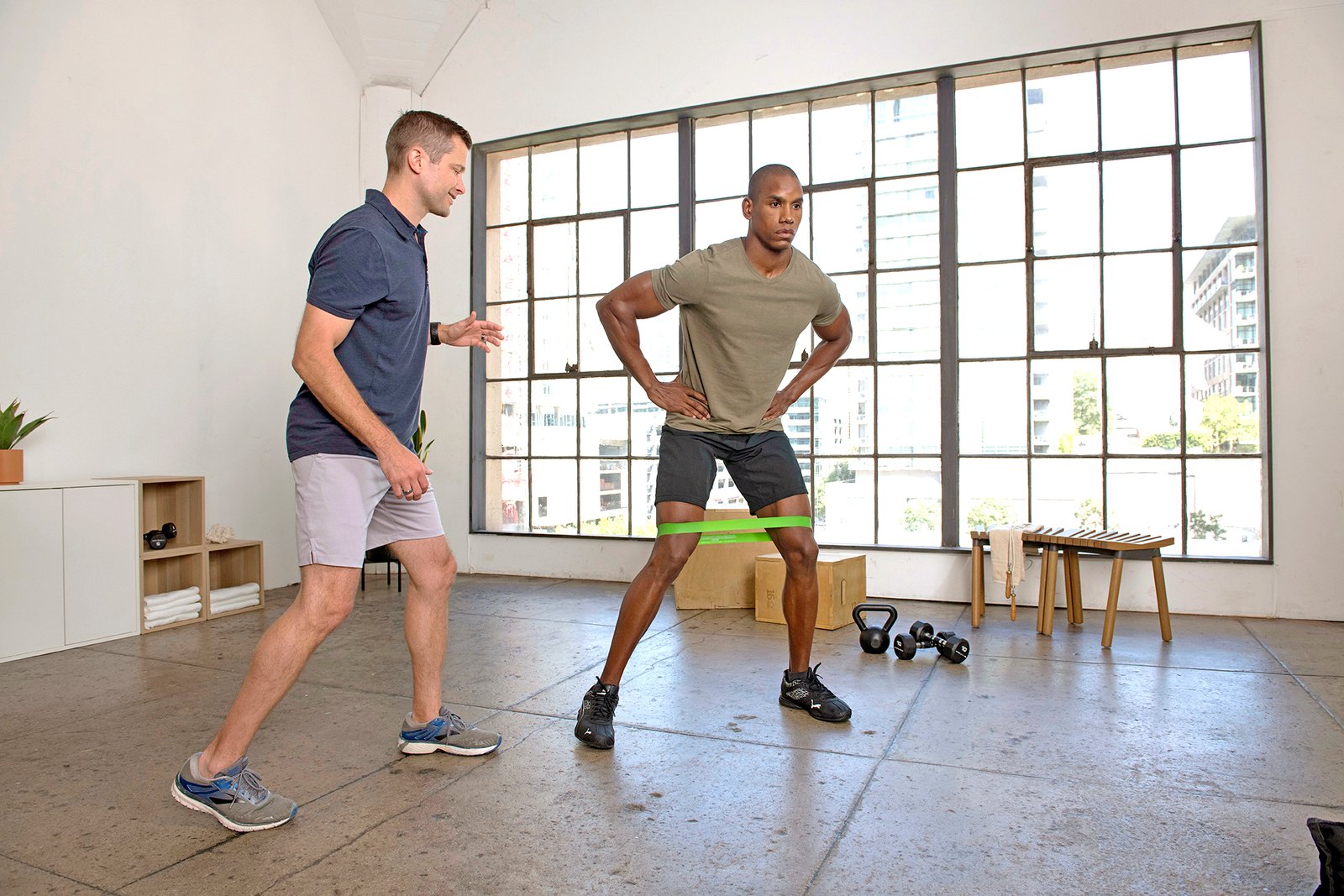Joint Injuries Beyond the Gym: What Every Fitness Trainer Should Know

- All of our content is written by humans, not robots. Learn More
Many clients return to training after injuries that occur outside of exercise. Everyday slips, awkward steps, or simple accidents can leave lasting effects on joint stability and movement. For trainers, understanding how these injuries occur and how they influence biomechanics is key to creating programs that restore strength safely and help clients move with confidence again.
Table of Contents
ToggleUnderstanding Joint Injuries Beyond Exercise
Joint injuries aren’t limited to workouts or sports. In daily life, a wet floor, uneven sidewalk, or sudden twist can strain or damage the knees, hips, shoulders, or ankles. Some clients may be coping with joint injuries from slip and falls or other mishaps that occurred long before they resumed regular training.
These events can injure ligaments, tendons, or cartilage around the joint. Even after medical care or physical therapy, stiffness or reduced range of motion often lingers. Trainers who recognize these signs can make smart adjustments to programming, emphasizing alignment, control, and gradual progress. This understanding helps prevent new setbacks and builds credibility with clients who need to trust that every session supports recovery, not risk.
Common Challenges Trainers Face with Post-Injury Clients
Clients returning from a joint injury often look ready to train before they truly are. Many unconsciously shift weight, limit a range of motion, or compensate for weakness. A client recovering from a knee injury might overuse one leg or adjust posture in ways that create new imbalances.
Managing pain and ego can also be tricky. Some clients push too hard to prove they’re “back to normal.” Trainers need to promote honest communication about pain levels and fatigue, creating space where clients feel comfortable admitting discomfort. Observing subtle cues like hesitation, uneven tempo, or poor stability helps spot issues before they escalate.
The key is pacing progress appropriately. Trainers who stay patient and coordinate with medical or rehab professionals help clients rebuild movement confidence without re-injury.
Exercise Programming and Mobility Strategies for Recovery
Rehabilitation-inspired programming should start with controlled movement and stability. Low-impact exercises such as stationary cycling, resistance bands, and gentle mobility drills strengthen supporting muscles while protecting healing tissue.
Once stability improves, training can gradually shift toward functional strength. Squats, step-ups, and single-leg balance work restore coordination and even load distribution. Core engagement remains crucial throughout, as it reinforces balance and joint protection.
According to the Mayo Clinic, consistent, guided exercise can improve joint health and reduce pain after injury. Trainers who apply these principles with careful supervision help clients regain strength, control, and confidence at a sustainable pace.
Building Trust and Empathy Through Injury Awareness
Recovery is just as psychological as it is physical. Clients dealing with joint trauma often carry frustration or fear of movement. Trainers who acknowledge these emotions while keeping the focus on progress can make a huge difference in recovery outcomes.
Empathy involves meeting clients where they are, explaining why each exercise matters, and celebrating every milestone. When clients feel understood and supported, they’re more likely to stay consistent and open about how their bodies feel. Over time, this trust turns each session into a safe space for rebuilding not just strength but self-assurance.
Continuing Education and Staying Within Scope
Trainers aren’t medical providers, but they do play a vital role in post-rehabilitation fitness. Knowing when to adjust an exercise or refer a client back to a specialist is part of professional responsibility.
Investing in continuing education deepens that expertise. Courses focused on corrective exercise, biomechanics, and recovery strategies help trainers adapt programs for diverse client needs. Valuable learning paths, such as continuing education for personal trainers, can expand a trainer’s knowledge base and ensure they stay current while supporting clients through every stage of recovery.
Conclusion
Recognizing that many clients experience joint injuries outside of exercise settings broadens a trainer’s perspective on movement and recovery. By understanding how daily accidents can affect stability and performance, trainers can design programs that build resilience and confidence without unnecessary risk.
This awareness defines the difference between simply coaching workouts and guiding long-term wellness. Through patience, education, and empathy, trainers can help clients reclaim both strength and trust in their own movement.




